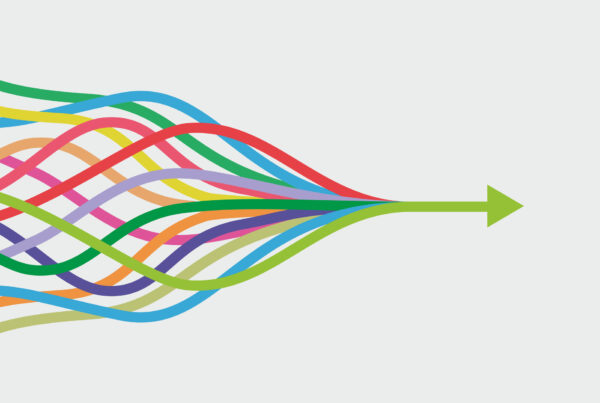For every tourist attraction there is an equal and opposite repulsion.
You visit a majestic palace, but the majesty is undercut by destitue beggars lining its entrances.
You enjoy a stroll on the beach, but the enjoyment is soured by unpleasant odours.
You stay in a luxury hotel with hot towels, but choke up to see the living conditions of those who process its waste just a few kilometres away.
Mumbai has more than its fair share of attractive luxury and appeal. Its top hotels leave little to be desired, you can travel in fancy cars and visit exquisite museums.
It would, however, take some adept aversion tactics to avoid Mumbai’s repulsions.
A walk down the illustrious Marine Drive took me past five star hotels, staffed with attentive uniformed men awaiting their call. Crossing the road to take a photo, I watched as an altogether more ragged man clambered from the dark recesses of some sea defences, clutching a discarded segment of bread. After taking a moment to remove the most obvious contaminations, the man stuffed this morsel into his mouth. This man isn’t begging for drug money or making the most of wealthy people’s generosity; he is hungry.
Mumbai is not a city of contrasts where rich and poor live disparate and separate lives. It is a city where rich and poor live vastly different yet constantly intertwined lives. Tourist attractions, like all other aspects of the city, are lined with repulsions: waste; odours; and absolute poverty. They are as much Mumbai as it’s landmarks, and the two cannot be separated.
Personally, I find the experience of taking a hot shower before 30minutes later watching someone using the leak in a railway-side water pipe to wash themselves quite upsetting.
This feeling of upset, caused by the intense friction between attraction and repulsion, is my lasting impression of tourism in Mumbai. Mumbai is not, for me, a repulsive city, but then nor is it an attractive place. I leave, instead, with shaken and confused perceptions that could take some time to settle.




